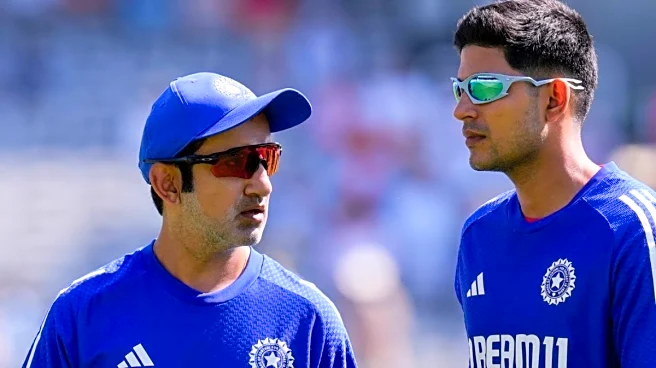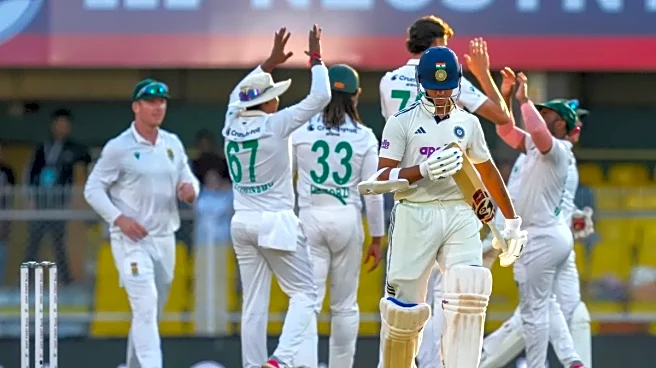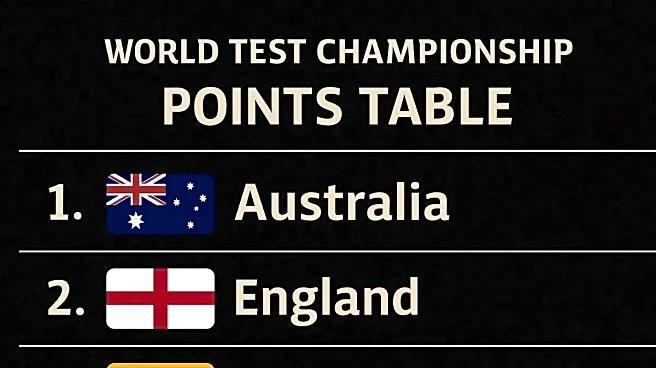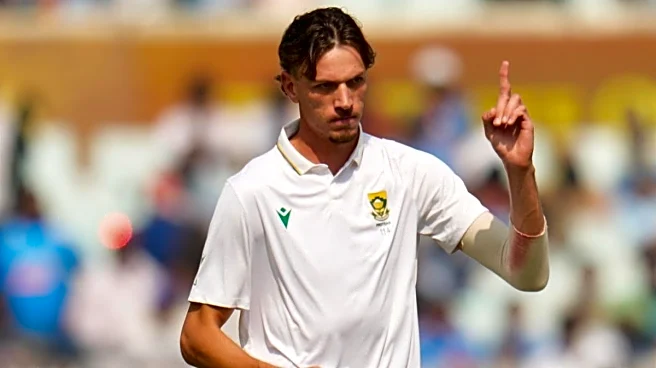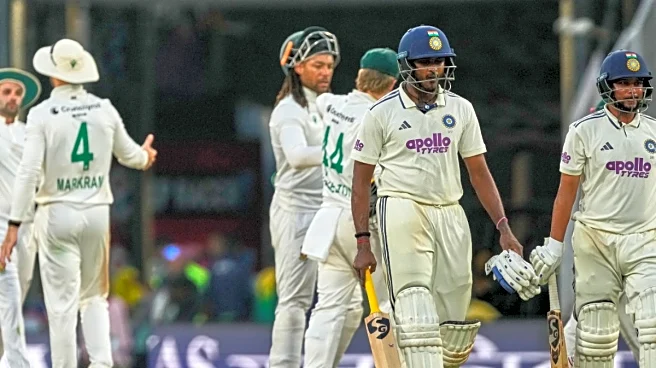India’s Test fortunes have rapidly dwindled over the past couple of years. On Wednesday (November 26), they slumped to their worst-ever defeat in their history, by 408 runs to South Africa in the second
Test in Guwahati.
For the second time in just over a year, they suffered a home whitewash, putting their World Test Championship hopes in jeopardy.
Chasing an improbable 549, India offered little resistance on a venomous day-five pitch as Marco Jansen’s brilliance and Simon Harmer’s incisive spin tore through a side uncertain of its roles and technique. Youngsters like Sudharsan and Sundar looked underprepared, while only Ravindra Jadeja showed real grit.
Stand-in captain Rishabh Pant admitted the team must improve, but Gambhir defended his methods. Still, India’s lack of planning, muddled choices, and crumbling confidence now leave it looking unexpectedly vulnerable at home, leaving them in need of a drastic change before the hole becomes even bigger.
Thankfully, for Gambhir and the Board of Control for Cricket in India (BCCI), India don’t play any red-ball cricket until August 2026, when they’d tour Sri Lanka for a two-match series. Another away assignment against New Zealand will follow in October–November 2026 for another two-Test rubber.
India’s next home Test series is in January–February 2027. Australia will visit for a five-Test Border-Gavaskar Trophy, aiming to retain the title and achieve their first series win over India since 2004/05.
India are currently placed fifth in the World Test Championship (WTC) table, having lost four Tests out of nine.
Asked how can the team improve in the longest format, Gambhir said that they’d need to ‘prioritise’ it first.
“Start prioritising Test cricket — if we are really serious about it. Everyone needs to be a stakeholder. If we want Test cricket to flourish in India, we need a collective effort. Just blaming players or support staff won’t help. And as I said, we can’t put things under the carpet. Come white-ball formats, if you get runs there and suddenly forget what you did in red-ball cricket — that should never happen. Red-ball cricket requires different skills. And more importantly, it needs tough characters. You don’t need the most skilful or flamboyant players — you need tough characters with limited skills who succeed regardless of conditions.
